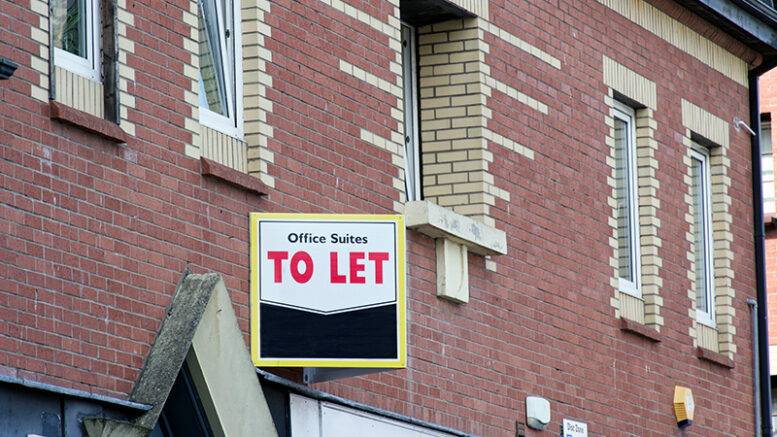Professional landlords are making a bold move into the commercial sector, with new data showing a dramatic rise in applications for office space projects across the UK. Shawbrook reports a 44% jump in landlord-led office investment in the first half of 2025-driven by efforts to sidestep falling margins in traditional buy-to-let and chase more stable returns.
Regional office demand outpaces buy-to-let returns
Landlords in regions like the South West and West Midlands are leading the pivot, with applications for office space projects skyrocketing by 233% and 225% respectively. In London, activity doubled, echoing signs that post-pandemic hybrid work patterns are quietly reversing.
“In a changing economic climate, professional landlords are demonstrating agility,” said Daryl Norkett, Director of Real Estate Proposition at Shawbrook. “A 100% increase in London office applications shows businesses are coming back to the office-and landlords are moving to meet that demand.”
Other hotspots include Yorkshire and the Humber (83%), Wales (100%), and the South East (50%). However, the trend hasn’t taken hold everywhere. East Anglia saw applications fall by 60%, while the East Midlands and Scotland recorded declines of 20% and 14% respectively.
Why landlords are hedging against buy-to-let instability
This shift toward commercial property comes as residential landlords continue to face legislative and financial headwinds. From higher mortgage costs following sustained Bank of England rate hikes to looming EPC upgrades and the scrapping of Section 21, the traditional buy-to-let model is under sustained pressure.
“Landlords are being taxed and regulated out of the sector, so diversification is essential,” said Sarah Fielding, a commercial broker based in Birmingham. “Office space may not be glamorous, but in the right postcode, yields are competitive-and you’re not tied to ASTs or rent caps.”
According to UK Finance, average buy-to-let mortgage rates for five-year fixes remain above 5.3%, eroding profits in regions where rental growth has plateaued. By contrast, landlords converting or refurbishing small office blocks into flexible business hubs or co-working spaces are seeing strong tenant demand and more predictable income streams.
Boots-on-the-ground: How landlords are adapting
Michael Rhodes, a semi-retired landlord from Exeter with a 12-property portfolio, recently secured planning permission to convert a derelict shop into three managed offices.
“My rental profits were dwindling, and the EPC upgrades alone would’ve cost over £40,000. I did the maths and realised commercial was safer and simpler. Now I’ve got tenants signed up for two years-and I don’t have to deal with Section 24.”
He’s not alone. Landlord forums are increasingly filled with posts from investors seeking advice on navigating commercial leases, business rates, and planning use classes. And while the shift isn’t without risk-vacancy periods tend to be longer-many view it as a necessary evolution.
As Norkett from Shawbrook puts it: “Landlords should be looking across asset classes to protect their yield and future-proof their portfolios. Speaking with a specialist broker is critical to making the right call.”
This growing appetite for office space marks a turning point in the UK’s rental market. While residential property remains core to most portfolios, the political and economic climate is nudging more landlords to think like diversified investors, not just private renters.








